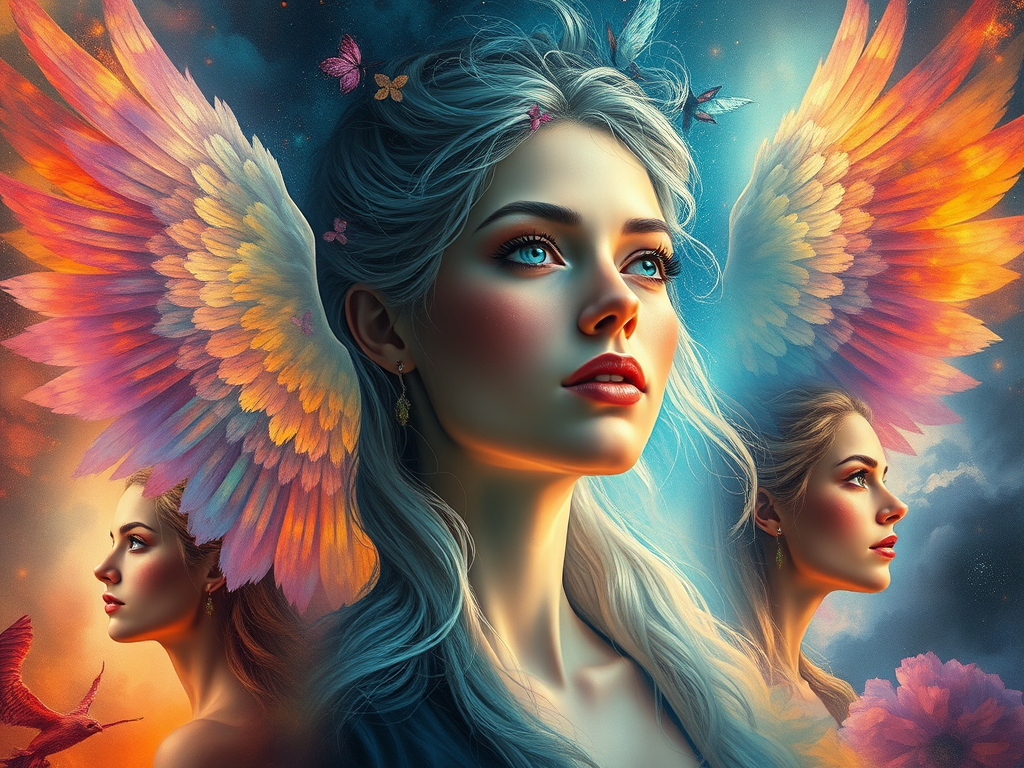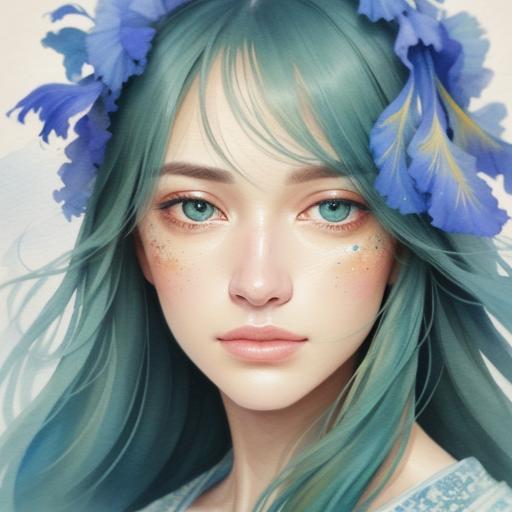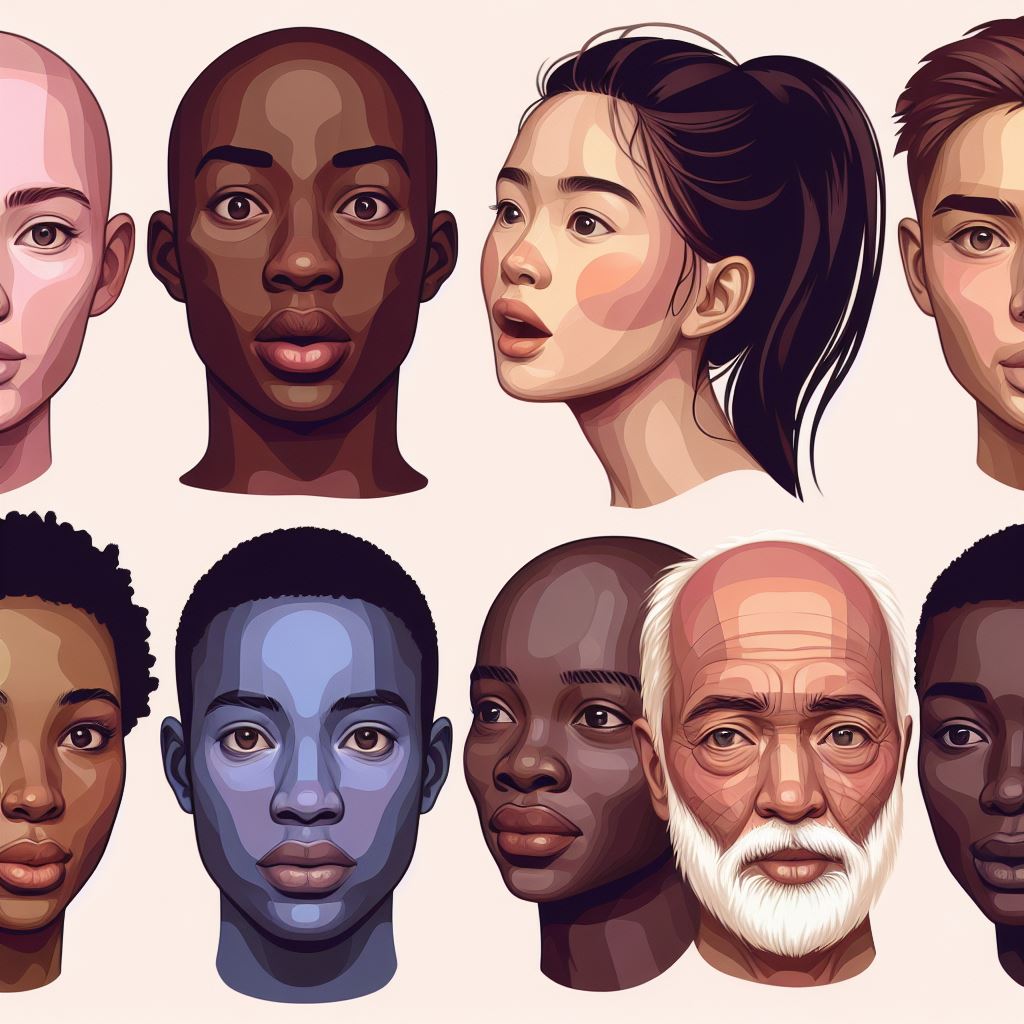“Color is a power which directly influences the soul.”
Wassily Kandinsky
Ever looked at a portrait and felt something without knowing why? That’s the magic of color psychology at work! In portrait painting and photography, colors do more than make things look pretty – they’re like secret messages that tell us about the person in the picture. Whether you’re an artist picking up a brush or someone who loves looking at art, understanding color psychology can completely change how you see portraits. Let’s explore why certain colors make us feel specific emotions and how artists use this knowledge to create powerful portraits.
Listen to our Podcast: Color Psychology in Portraiture
What is Color Psychology in Art?
Color psychology isn’t just about choosing your favorite colors – it’s actually a scientific field that studies how different colors affect our brain and emotions. Artists have been using these principles for hundreds of years to make their portraits more powerful. Think of colors as the artist’s emotional toolkit, helping them tell stories without saying a word.
The Science Behind Color Emotions
Research shows that our brains react to colors before we even think about them. For example, studies at the University of Rochester found that seeing red can make our hearts beat faster, while blue can actually lower blood pressure. Pretty cool, right? Artists use this knowledge to create portraits that don’t just look good – they make us feel something.
Color Meanings in Portrait Art: A Complete Guide
| Color | Emotional Impact | Best Used For | Examples in Famous Portraits |
|---|---|---|---|
| Red | Energy & Passion | Power Portraits | John Singer Sargent’s “Madame X” |
| Blue | Trust & Calm | Professional Portraits | Picasso’s “Blue Period” works |
| Yellow | Joy & Creativity | Children’s Portraits | Van Gogh’s self-portraits |
| Green | Growth & Harmony | Environmental Portraits | “Girl with a Pearl Earring” |
| Purple | Wisdom & Luxury | Royal Portraits | Royal family portraits |
| Brown | Reliability & Earth | Traditional Portraits | Rembrandt’s self-portraits |
| White | Purity & Space | Modern Portraits | Chuck Close’s work |
| Black | Mystery & Power | Dramatic Portraits | “Portrait of Dorian Gray” |
How to Use Color Psychology in Your Portraits
Want to make your portraits more powerful? Here are some pro tips that actually work:
Match Mood to Color
- Choose warm colors (red, orange, yellow) for energetic portraits
- Pick cool colors (blue, green, purple) for calming effects
- Use color combinations that tell your subject’s story
Background Color Secrets
- Light backgrounds make subjects pop forward
- Dark backgrounds create drama and mystery
- Complementary colors create exciting contrast
Skin Tone Enhancement
- Warm undertones work best with golden lighting
- Cool undertones shine with soft, blue-based light
- Natural light brings out true skin color
Famous Portraits and Their Color Stories
Let’s look at some amazing examples

Mona Lisa by Leonardo da Vinci
- Uses earthy browns and greens to create a mysterious mood
- Soft shadows and warm highlights make her seem alive
- Background colors fade from dark to light, drawing attention to her face
Girl with a Pearl Earring by Johannes Vermeer
- Bold blue and yellow create striking contrast
- Dark background makes the subject glow
- Pearl reflects cool colors, adding mystery

Modern Applications
Today’s portrait artists use color psychology in new ways:
- Digital artists use color grading to enhance emotions
- Instagram filters are based on color psychology principles
- Professional photographers choose specific color palettes for different types of portraits
Practical Tips for Artists
Ready to try this in your own work? Here’s what to do:
- Start with the emotion you want to convey
- Choose your main color based on that emotion
- Pick supporting colors that enhance your message
- Test different combinations before finalizing
- Remember that lighting affects how colors look
Resources and Further Learning
Want to dive deeper? Check out these amazing resources:
Recommended Video
Expert Tips and Tricks
Professional portrait artists recommend:
- Starting with a limited color palette
- Using color wheels to plan your combinations
- Testing colors under different lighting conditions
- Keeping a color journal to track what works
Conclusion
Color psychology isn’t just artistic theory – it’s a powerful tool that can transform your portraits from good to unforgettable. By understanding how different colors affect emotions, you can create portraits that don’t just capture how someone looks, but also how they feel. Remember, every color tells a story – what story will your next portrait tell?



